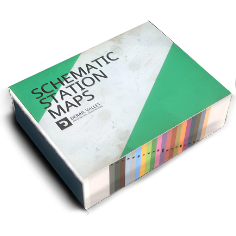Body Damage/zh-hans: Difference between revisions
Updating to match new version of source page |
Updating to match new version of source page |
||
| Line 10: | Line 10: | ||
<div lang="en" dir="ltr" class="mw-content-ltr"> | <div lang="en" dir="ltr" class="mw-content-ltr"> | ||
Damage to a vehicle's body may result in failure of various accessories, such as windows, {{pll|Headlights & Cab Lights|lights}} and {{pll|Compressor|compressors}}. It doesn't otherwise affect the moving capability of a vehicle, however. | Damage to a vehicle's body may result in failure of various accessories, such as windows, {{pll|Headlights & Cab Lights|lights}} and {{pll|Compressor|compressors}}. It doesn't otherwise affect the moving capability of a vehicle, however. | ||
</div> | |||
<div lang="en" dir="ltr" class="mw-content-ltr"> | |||
Body damage of a vehicle is displayed on its {{pll|ID Plate|ID plate}}. | |||
</div> | </div> | ||
Revision as of 14:08, 10 March 2025
轨道车辆的车身可能会因碰撞、严酷的调车、严重的动力总成故障导致部件飞散、起火甚至爆炸而受损。车身损坏可能导致电气系统故障,使灯、刮水器和其他电气功能无法正常工作。它不会影响车辆的移动能力。
To ensure safe contact between vehicles, it is not recommended to exceed 5 km/h. Most common situations in which collision damage occurs is due to derailing, distracted shunting, badly set up switches and wheelslide. Body damage can also be caused by various powertrain failures that cause parts to fly apart, fire and even explosions.
Damage to a vehicle's body may result in failure of various accessories, such as windows, lights and compressors. It doesn't otherwise affect the moving capability of a vehicle, however.
Body damage of a vehicle is displayed on its ID plate.
Body damage can be forced manually in sandbox mode using the comms radio damage mode.
